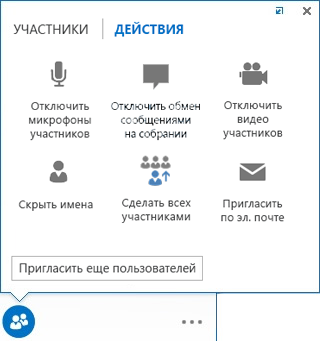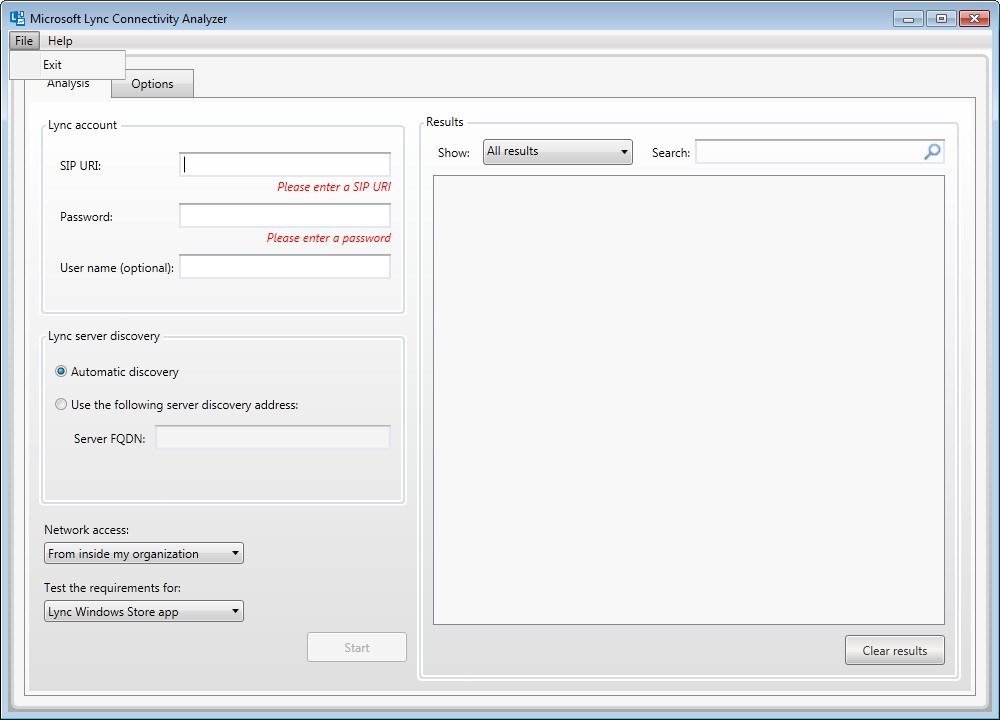

- #MS LYNC 2013 BASIC FULL#
- #MS LYNC 2013 BASIC PRO#
- #MS LYNC 2013 BASIC LICENSE#
Go to the BASIC > Services page in the web interface.Īdd all of the services listed in Table 1, along with their real servers. Perform the following steps on the internal-facing Barracuda Load Balancer ADC. If you encounter connectivity issues with your deployment, you can use the Remote Connectivity Analyzer:Ĭonfigure all services needed for an internal Lync deployment. If you have deployed Director servers, you must also complete the following task:ĭo this on the Director Barracuda Load Balancer ADC.Ĭomplete the following tasks after all Services are configured on the Barracuda Load Balancer ADC:ĭo this on the server where Topology Builder is installed.Ĭonfigure Mobility Services and configure the Barracuda Load Balancer ADC as a reverse proxy: If you have an edge deployment, you must also complete the following tasks:ĭo this on the external-facing Barracuda Load Balancer ADC. (If applicable) Configure Internal A/V Servicesĭo this on the A/V Pool Barracuda Load Balancer ADC. If you did not collocate A/V Services on your Front End Servers, you must also do the following: Configure Enterprise Pool Servicesĭo this on the internal-facing Barracuda Load Balancer ADC. To deploy the Barracuda Load Balancer ADC in a Lync 2010 or 2013 environment, complete the following tasks: Deployment Task 
If your Barracuda Load Balancer ADCs are clustered, the configuration between the active and passive units is synchronized you only need to configure the active Barracuda Load Balancer ADC. For mobility deployment details, see the Microsoft TechNet article Deploying Mobility.Ĭonfiguring Clustered Barracuda Load Balancer ADCs.For deployment options, see Understanding Microsoft Lync Server Deployment Options.For a list of requirements, see Microsoft Lync 20 Server Deployment.If you want additional information on deployment requirements and options, the following Microsoft Lync References are available:

The worksheet will help you when you run the Topology Builder. Complete this worksheet as you perform the tasks to deploy the Microsoft Lync Server. Print or copy the IP Worksheet and use it to record your configuration.
#MS LYNC 2013 BASIC FULL#
For Lync Mobility, Apple iPhone and iPad Android phone Windows Phone 7 and Nokia mobile devicesįor a full list of the prerequisites for this deployment, see Microsoft Lync 20 Server Deployment. Microsoft ® Lync ® Server 2010 or 2013 Enterprise Edition. Users can switch mode between gallery and speaker.This article applies to the Barracuda Load Balancer ADC 5.1 and above, with. Users can use the gallery view to see all users’ video instead of only the active speaker’s in a video conversation that has more than two people. Client-side recording of audio, video, application sharing, desktop sharing, and uploaded content. Notable features the Lync Basic client now can do is Taking a closer look at the Client comparison tables for Lync 2013 clients is seems like it is quite outdated. This means you can easily combine Office 2010, if you for some reason need it, with a Lync 2013 client without needing the Office 2013 License. You can not combine Lync click to run provided by Office 365 with locally installed office from media. #MS LYNC 2013 BASIC LICENSE#
This also applies to those customers that have an Open License of the Office suite and needs to roll out Lync. Basic is now feature rich enough to be a valid client for those types of users, since Lync Online does not have Enterprise Voice features. 
If you deploy Lync from Lync Online from the Business SKU you wont get the Lync client because it includes Office 2013 Business.
#MS LYNC 2013 BASIC PRO#
If you are using advanced Enterprise Voice features like Response Groups, Manage Delegates, Call Pickup or Call Park then you need the full rich client that is part of Office 2013 Pro plus.








 0 kommentar(er)
0 kommentar(er)
